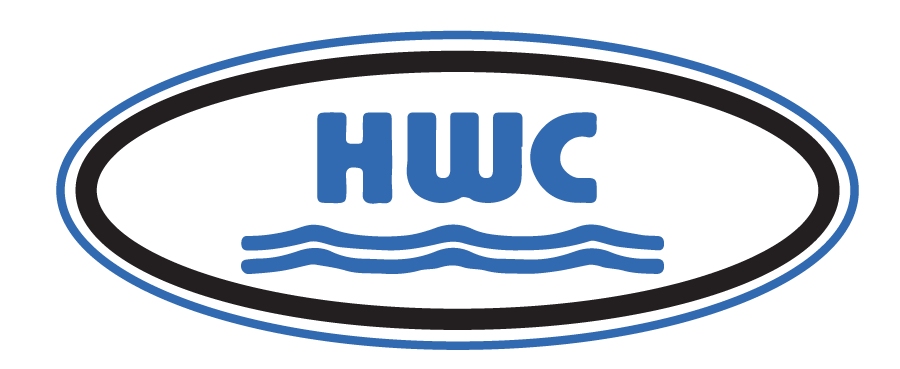CONNECTICUT DEPARTMENT OF PUBLIC HEALTH
SAFE DRINKING WATER PRIMACY ASSESSMENFT FAQ
What is the Safe Drinking Water Primacy Assessment (SDWPA)?
- The SDWPA is a fee that is collected by the Department of Public Health (DPH) to support the department’s ability to maintain primacy of the Federal Safe Drinking Water Act.
What is primacy?
- Primacy is the responsibility to implement and enforce the Federal Safe Drinking Water Act. Since 1977, the DPH has been delegated primacy from the U.S. Environmental Protection Agency (US EPA).
What does the fee go toward?
- The fee goes toward funding existing staff that carry out critical functions of the Connecticut DPH Drinking Water Section. These include, but are not limited to:
- Operating an enforcement program to ensure the public water systems comply with all safe drinking water requirements;
- Maintaining an inventory of public water systems throughout the state;
- Compiling a database to contain compliance information on public water systems;
- Conducting sanitary surveys of public water systems;
- Reviewing and approving public water system plans and specifications;
- Providing technical assistance to managers and operators of public water systems;
- Enforcing public notification, ensuring that public water systems regularly inform their consumers about the quality of the water that they are providing;
- Certifying laboratories that test drinking water samples;
- Administering Connecticut’s Drinking Water State Revolving Fund program, which provides low interest loans to public water systems for planning, design and construction projects;
- Administering an Operator Certification, Backflow Prevention and Cross-Connection Program;
- Public interaction with citizens, chief elected officials, school officials and local health directors including addressing consumer complaints and water quality concerns;
- Education of all entities regarding new requirements; and Source water assessment and protection.
When and how would customers be billed?
- The fee amount is based upon system classification and number of service connections and comprises of the following for state fiscal year 2019 (July 1, 2018 through June 30, 2019):
- All Non Transient Non Community Systems = $125 annual fee
- Community Water Systems (CWSs) with less than 50 service connections= $125 annual fee
CONNECTICUT DEPARTMENT OF PUBLIC HEALTH
SAFE DRINKING WATERP RIMACY ASSESSMENT FAQ
- CWSs with 50 to 99 service connections= $150 annual fee
- CWSs with 100 or more service connections = $2.57 per service connection (SFY ’19)
The fee is being invoiced by the OPH and due dates are set by system classification as follows:
- On or before October 1, 2018 DPH issues invoices to CWSs
- On or before January 1, 2019 CWS payments are due (50%)
- On or before January 1, 2019 DPH issues invoices to NTNC systems
- On or before March 1, 2019 NTNC payments are due
- On or before May 31, 2019 CWS payments are due (remaining 50%}
Why are fees suddenly being charged to Public Water Systems?
- Historically, the DPH Drinking Water Section had been primarily funded by the US EPA grant funds. Approximately seven years ago the DPH prepared budget projections that showed a downward trend in federal funding and began proposing a fee collection program to cover the gap. Recently, the projections came to fruition and the legislature recognized the need to fund the DPH Drinking Water Section through collection of fees by enacting Public Act 17-2 for the year 2019.
What will happen in future years?
- The DPH is currently working with the Office of Policy and Management and water utility stakeholders to develop a methodology for future years.
Do other state drinking water programs charge fees?
- Yes, many other states charge fees to support primacy. The DPH published a fee study in 2017. Visit the following link to view the study.
Where can I go to get further information?
- Please visit the DPH’s dedicated Safe Drinking Water Primacy Assessment webpage at the following link.
Will the SDWPA cover the costs of the entire drinking water program?
- No. The SDWPA will cover approximately 21% of the costs required to fund the drinking water program.
